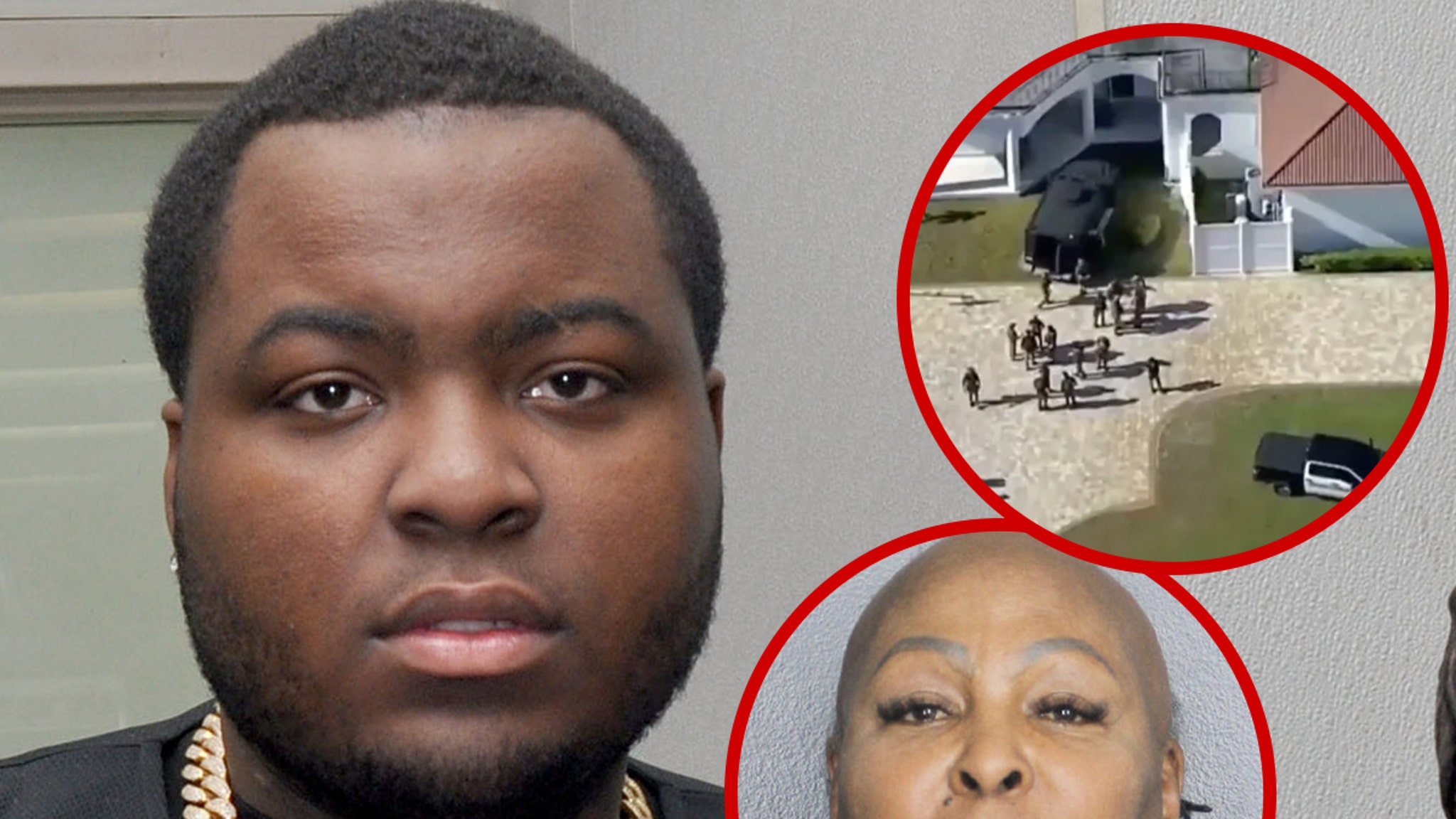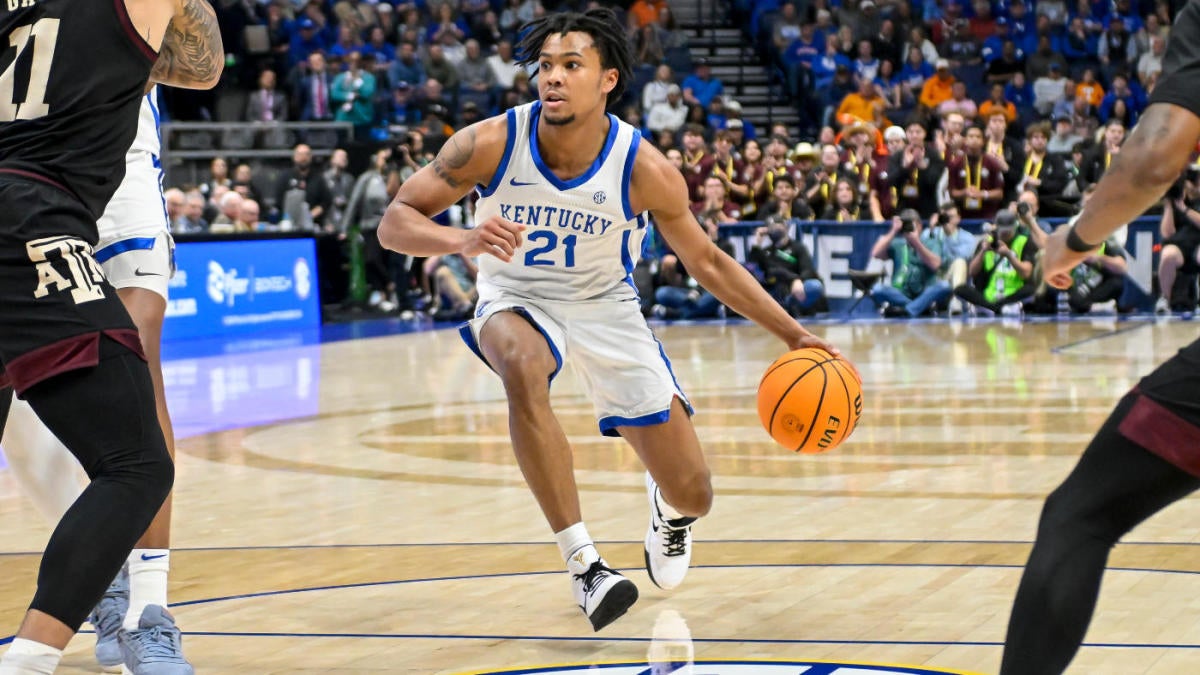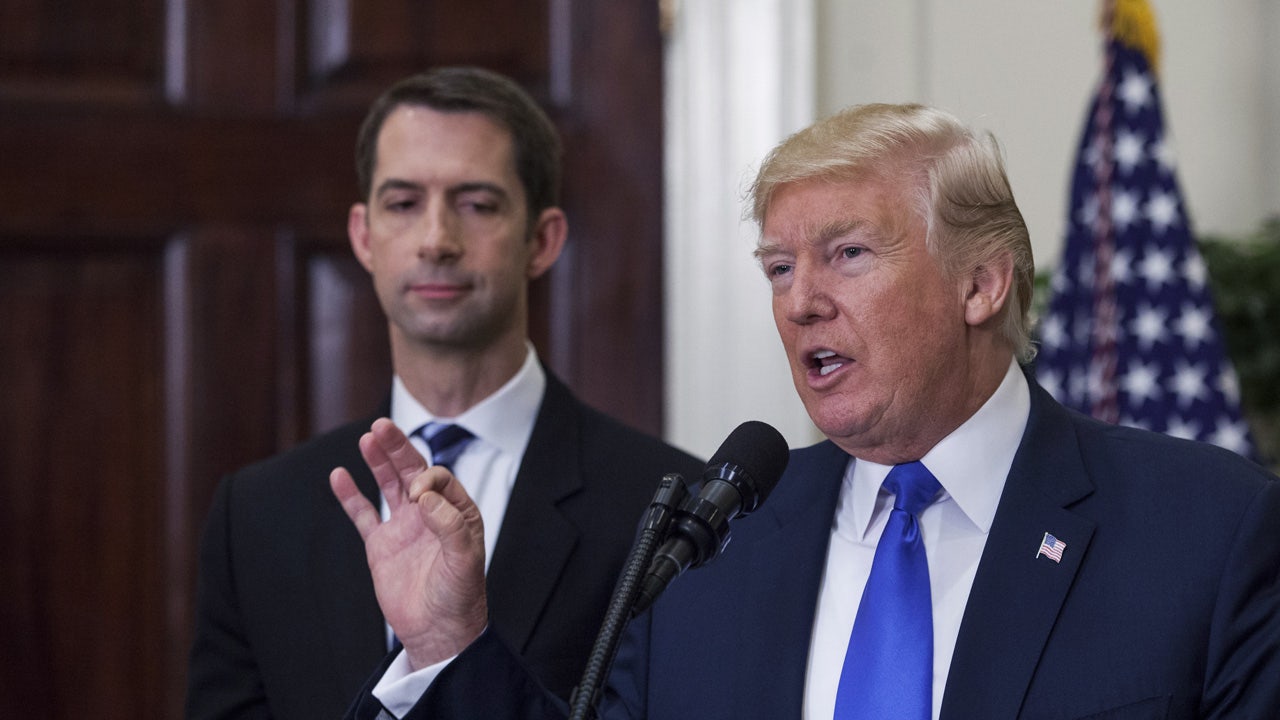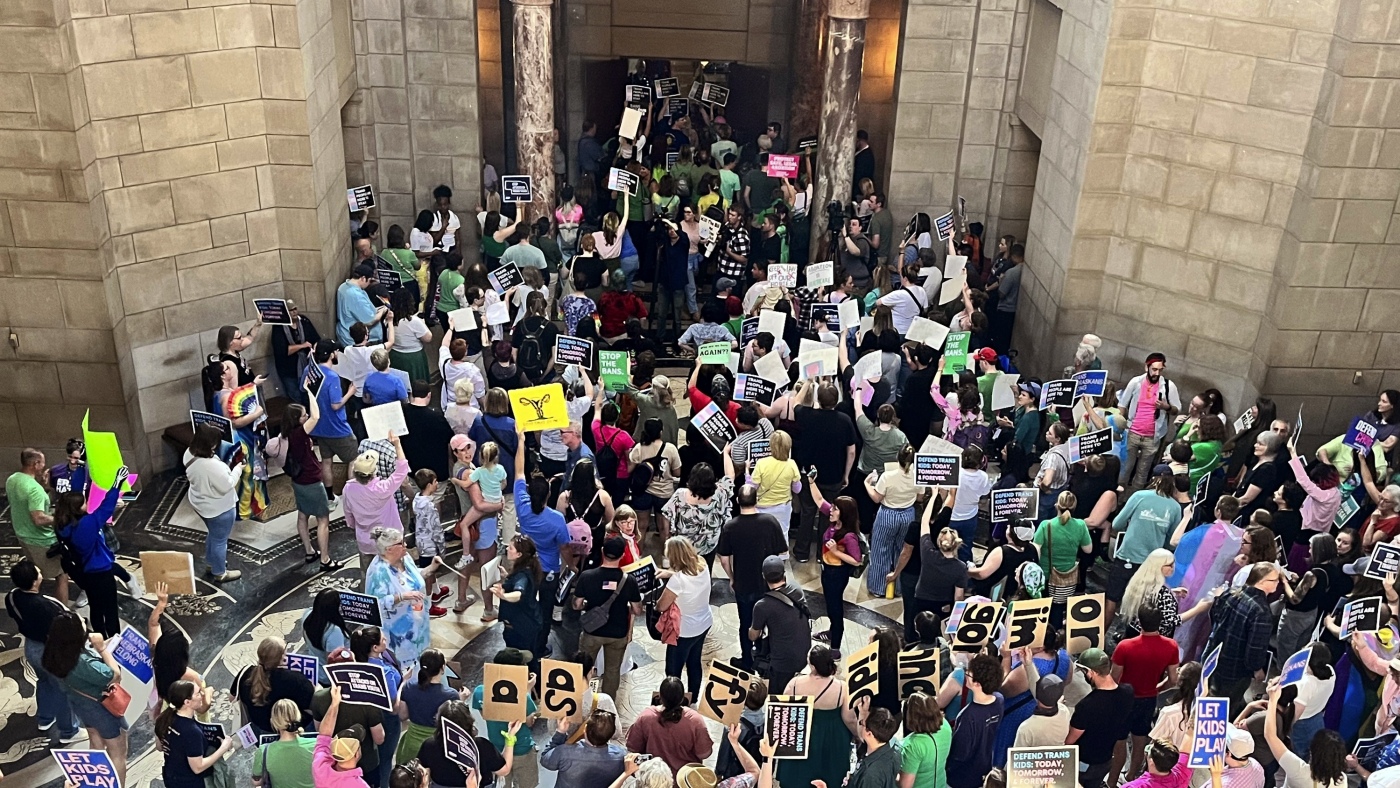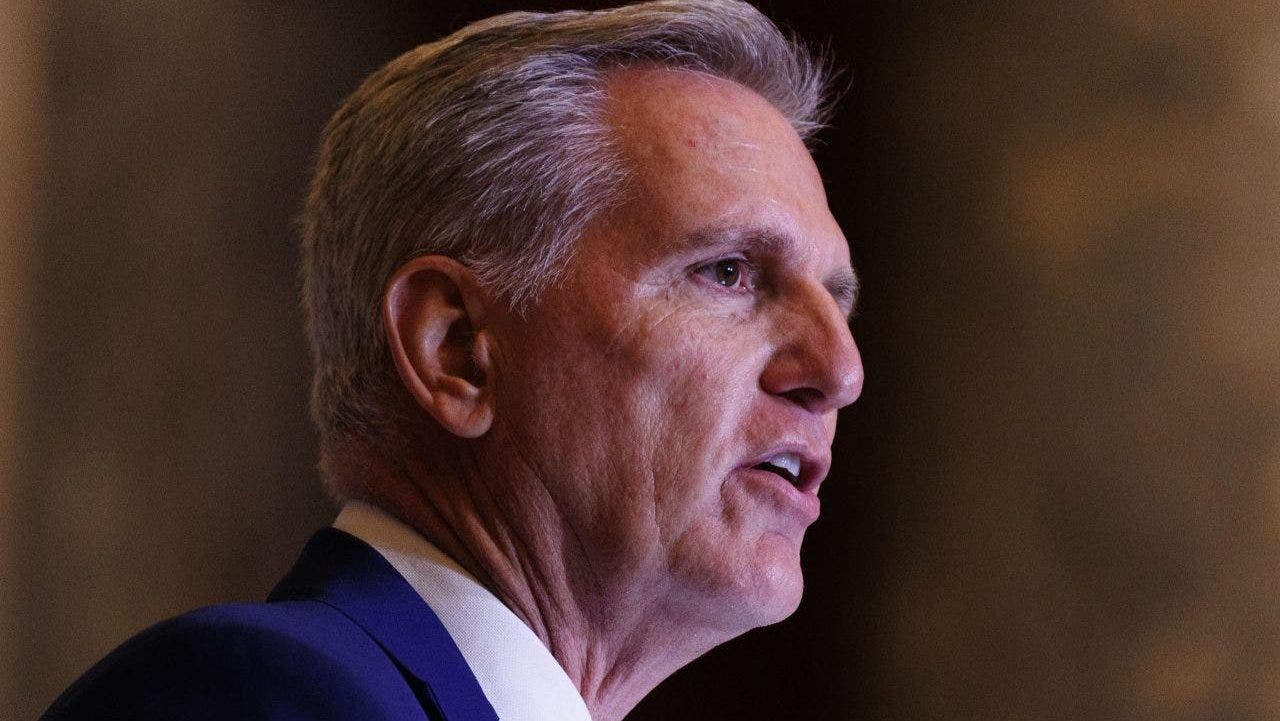Arizona
Immortal Consciousness & Dr. Duran: Arizona woman leaves cult to find happiness, advocacy
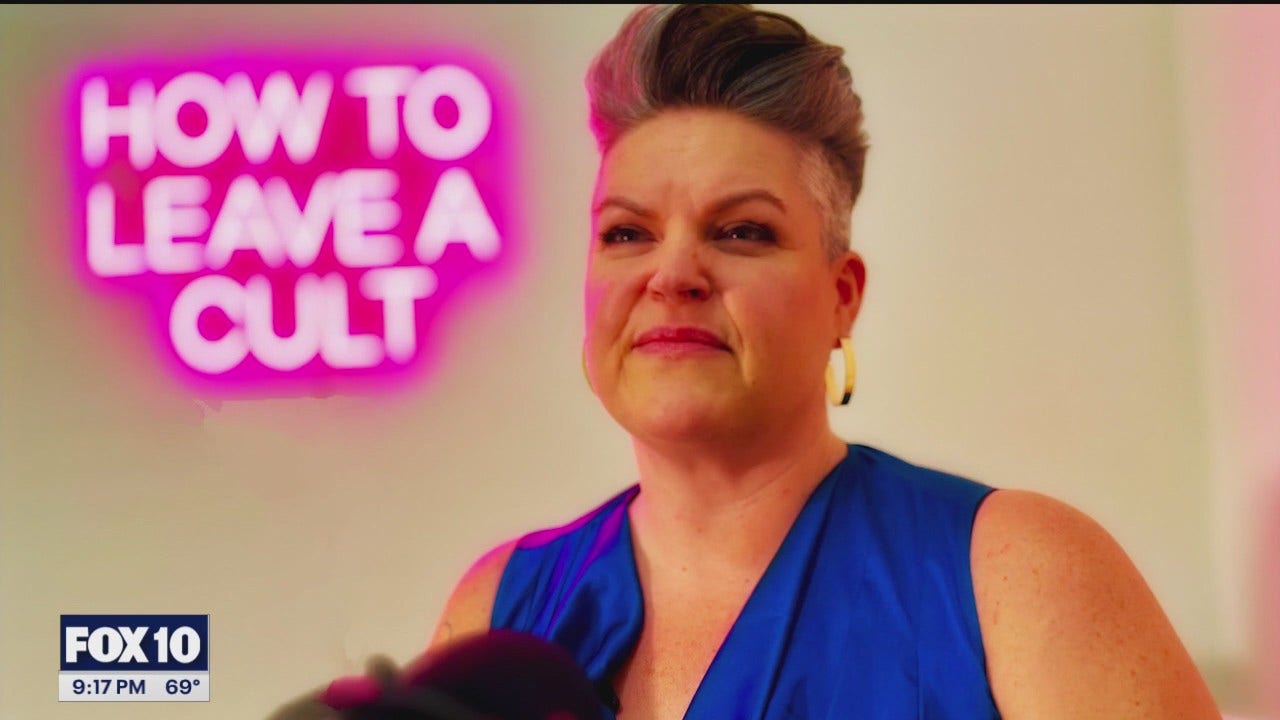
No matter what expert you ask, they’ll say there are still thousands of cults in the United States.
A Gilbert, Arizona woman says many of them are all around us in Arizona – and she would know.
She says she experienced a cult firsthand and wants to help others avoid what she fell for.
Arizona woman leaves cult to find happiness, advocacy
Immortal Consciousness & Dr. Duran
Flipping through childhood photos, everything seems normal.
But, Brooke Walker sees it differently now.
“We celebrated Halloween, we celebrated Easter,” she said.
She says she was raised in a cult. “100%. Unfortunately.”
As an 8-year-old girl, her parents moved her family to a Mesa neighborhood to live with another family and join the church of Immortal Consciousness.
“Looking for faith, but also something different than what they had,” she said. “You know, the mainstream stuff.”
What they found was a church leader and medium who said she could speak with and summon a 14th-century Englishman named Dr. Duran.
“You could be heavily corrected by the spirit for what you’re doing,” Walker explained.
She played for us her recording of what they called “a trance.” Eventually, the church leader would speak as Duran.
“I had a lot of mixed emotions about it. Mostly, I’m surprised about the amount of power it used to hold over me,” Walker said. “This is what the teaching is telling me. This is what the spirit is telling me. All these things are, if something is wrong, it’s me. I’m the problem. So you create this belief set that if anything goes sideways, must be your fault.”
The church headed north. About 150 members lived in Tonto Village.
Walker turned 19 and was in an arranged marriage arranged by Dr. Duran. The wedding was held in a room and was officiated by the 700-year-old spirit.
“You’re going to be in a relationship with who the spirit says you’re in a relationship with,” Walker explained.
After two babies, her husband left, telling her he needed to leave.
“Everybody continued telling me after that, ‘It’s about you. He just doesn’t love you and won’t tell you the truth.’ So, I spent 10 years believing that,” she said with tears in her eyes.
‘You should be in environments where you are allowed to ask questions’
Now, things are different.
Walker lives in Gilbert and is happy with her new life.
She spends her time in front of a microphone.
“I’m here for you, and I’m here to support you, and I’m here to share with you a space that you can get past that,” Walker said on her podcast.
She started the podcast out of her house called “How to Leave a Cult.”
“For me, it’s about creating a place where people can get some tools to heal,” Walker said. “Most people think of a cult, and they immediately go to the worst of them, right? Drink the Kool-Aid, Jim Jones stuff, Waco stuff … so, you have these extreme sides to it,” she explained.
She says the church she was raised in wasn’t extreme like that, but she says it had all the trademarks of a cult.
The church has long denied that publicly, and Walker says it disbanded years ago.
Cults are all around us in many forms, she says, which is why she believes her podcast can be healing for people.
“You should be in environments where you are allowed to ask questions. You should be in environments where you’re making the decisions for yourself about your life. I feel like nobody is a better advocate for who you are, what you need, how to parent, than you are as a person, and when somebody says they have a better way, that’s where we get sideways,” Walker said.
She’s already recorded multiple podcasts, using her story to connect to others. Ultimately, she hopes to help anyone leave a cult.
“You’re leaving your family behind. You’re leaving your faith behind. Leaving all your friends behind. Probably leaving your means of living behind. Leaving a cult is a really f—— hard thing,” Walker warned.

Arizona
Bear shot dead after attacking 15-year-old in Arizona cabin:
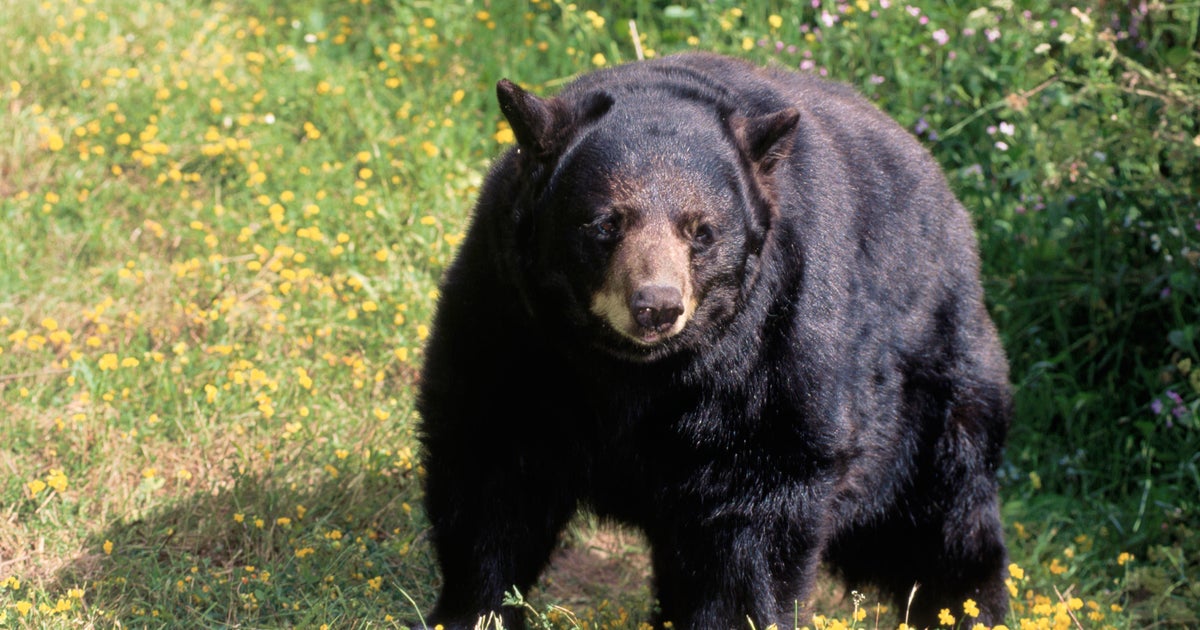
A black bear was shot and killed by Arizona fish and game officers after it entered a home through an open door and injured a teenager in a mountain community near the New Mexico state line, wildlife officials said.
The 15-year-old boy, identified as Brigham Hawkins by his family, received wounds to his face and arm when the bear swiped at him, and he was treated at a hospital after the late Wednesday incident in Alpine, the state Game and Fish Department said.
His mother, Carol Hawkins, told CBS affiliate KPHO-TV in Phoenix that the bear attacked her son while he was alone and watching television.
“Never in our wildest dreams did we think (a bear) would come in the home,” she told the station.
Hawkins said her other son heard screams and went to help. Wildlife officials said the bear entered the home a second time before it fled.
“Not many kids can say they got in a fight with a bear and came out on top,” Hawkins said in a Facebook post that included a photo showing cuts on her son’s nose and arm. Hawkins did not respond to a Facebook message Saturday from The Associated Press.
Wildlife officers found and shot the bear, which the agency said was believed to be about 3 years old and would be tested for disease by department specialists.
“It was thanks to the quick reaction by his brother and his family that they were able to distract the bear from what very easily in a matter of seconds could have turned into a real tragedy there,” AZ Game and Fish Department Law Enforcement Supervisor Shawn Wagner told KPHO-TV.
The teen was taken to a local hospital with injuries to his face and arm and has started the rabies vaccine as a precaution but is expected to recover.
“Everybody that came into help him, he had a big thank you and so he’s handling it well. And he’ll be okay,” Carol Hawkins told the station.
The attack was the 16th by bears on people in the state since wildlife officials began keeping records in 1990, including two that were fatal, the department said.
A 66-year-old man was killed almost a year ago when he was attacked at a campsite in the Groom Creek area south of Prescott and about 100 miles north of Phoenix.
Arizona
Arizona mother on a mission to prevent drownings after son's tragedy

Arizona mother on a mission to prevent drownings
PHOENIX – An Arizona mother has a warning about drownings after her son survived one, but was never the same.
Her nightmare started with a call that no parent ever wants.
“I got a phone call that something happened,” Lindsey Black said. “Something happened to one of my boys.”
Her son was nearing 2-years-old when he fell into a babysitter’s pool.
Chandler hosts water safety event to prevent drownings
Tune in to FOX 10 Phoenix for the latest news:
“They don’t know how long he was under, but the blood toxicity said he was about 45 minutes without oxygen, and he was 30 minutes in cardiac arrest,” Black said.
The family was forever changed in an instant.
That was in 2006, but Santana lived for seven more years using a feeding tube and oxygen to sustain him.
“My other two boys, they lost their mom at the same time for a while. I was devastated, but I took that, I took all of that and said ‘I need to give back for him,’” Black said.
Her mission is to save families from the same pain.
“The only way to stop it is to get eyes on these kids. Get the barriers, then get the classes,” she said.
Those are options that could’ve saved her son’s life.
“I didn’t have those classes. There wasn’t a fully fenced pool at the property that it happened at,” she explained.
It was a heartbreaking loss – both times.
“I’ve lost him twice. I’ve lost two different versions of my son, and I miss them both,” she said. “So much.”
Click here for drowning prevention tips from the Drowning Prevention Coalition of Arizona.
Arizona
Arizona dispatch: students from 70 law schools and universities debate 20 proposed amendments to the US Constitution at model convention
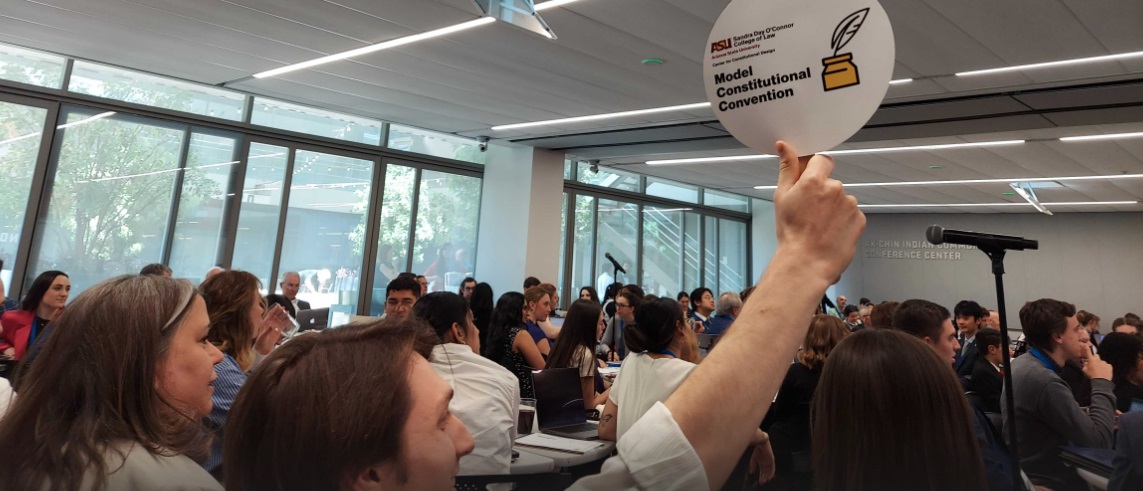
JP Leskovich is a rising 3L at the University of Pittsburgh School of Law and JURIST’s News Managing Editor. He filed this dispatch from Phoenix. This is the second in a series of dispatches he’s filing as an embedded reporter for JURIST at the Model Constitutional Convention sponsored by the Center for Constitutional Design at ASU Law.
Student delegates at the Model Constitutional Convention being held at Arizona State University’s Sandra Day O’Connor College of Law this Memorial Day weekend debated 20 proposed amendments to the US Constitution in their sessions Saturday.
The proposals covered a range of topics, including environmental protection, national service, future constitutional amendments, court reform, impeachment, gun control, electoral campaign periods, term limits, lifting the cap on the number of representatives in the House of Representatives, the right to marry, limiting presidential pardon power, prohibiting political gerrymandering, instituting restorative justice, abolishing death-qualified juries, Congressional representation for the territories, codifying tribal sovereignty, restricting eminent domain, restricting investment for members of Congress, and prohibiting discrimination based on sex and gender.
Contrary to the first day of the Convention, where we deliberated in smaller committees, the whole Convention—all 110 of us serving as official delegates—debated these amendments in plenary sessions. This resulted in wide-ranging debates on these topics, with heated but constructive conversation about our constitutional future. We were governed by a modified Roberts Rules, which provided us with structure so we could get things done in the time allotted (granted, it did take us nearly 8 hours!).
In addition to debating the proposals as written, we introduced and voted on a number of amendments to the proposals. This allowed the Convention to express its democratic will and change the proposals. For example, the Equal Rights Amendment was amended to include “sex, gender identity, and sexual orientation,” instead of just “sex.” There were a number of moments where we had to call “division,” which required the chair to count each of the votes. The fact that we need to call “division” so many times showed how contentious many of these amendments were and how difficult it can be to reach a consensus.
One of the first proposals that we discussed was one that would enshrine tribal sovereignty in the US Constitution. Tribal nations in the US are sovereigns, but their sovereignty is often infringed on. This proposal would codify the current status of Indian law in the US to protect tribal sovereignty from Supreme Courts that may not understand the intricacies of Indian law and therefore limit tribal sovereignty.
“Historically, the Supreme Court is not good at doing Indian law,” said Crispin South, a Choctaw law student at Arizona State University who represented Oklahoma and introduced the proposal. “I think Justice Brennan once called Indian law cases ‘chicken shit’ cases.” He pointed to Montana v. US and Oklahoma v. Castro-Huerta, saying that “those cases really for no reason abrogated the sovereignty of tribal nations with very feeble justification.” Therefore, he said, this proposed amendment is necessary to “right some precious wrongs and create a firewall for the current Indian law paradigm.”
During debate, delegates expressed support for recognizing tribal sovereignty and treating tribal nations as equals. As the delegate representing Wisconsin, I emphasized that there are 11 federally recognized tribes in the state and that constructive government-to-government relations are critical to ending the long chain of broken promises and broken treaties. South said he felt good about the debate:
I think it went well. The one bit of opposition we did get was requiring tribal nations to adopt the US Bill of Rights and I think Congress has really already done its job in enacting the Indian Civil Rights Act in that respect. So I don’t think it would be wise at this point to constitutionally require that the Bill of Rights be incorporated against tribes.
Another proposal that received considerable debate was giving the territories full voting rights in Congress. There seemed to be widespread support, with some delegates agitating to provide the territorial delegates to the Convention the ability to vote this weekend. Some expressed concerns about granting territories with small populations two Senators.
I spoke with Rafael Montero, who was a delegate representing Colorado but is from Puerto Rico, about territorial representation and what it was like to hear people debate his own rights. “I felt the lack of information in regards to the territories and their political status, especially in regards to taxation and how taxation works in relation to how the government already has power over the territories.” He went on to say that, “on the other hand, there were people that I felt very grateful for and in solidarity with for supporting and advocating for those rights.” He emphasized that it’s important for territories to have voting representation in Congress because they are already being governed by the federal government and the President.
There were some more contentious amendments proposed, like one that would prohibit discrimination on the basis of sex and gender. Some more conservative delegates expressed concerns about codifying abortion rights and transgender rights. And some of the women delegates noted that it was mostly men expressing opposition. This was definitely the most tense and contentious debate, but it still remained mostly respectful and productive.
In my first dispatch for this Convention, I expressed optimism that we could be a beacon for a new and more just constitutional order. After a day of debate, I am still optimistic that young Americans can build a better democracy, but that optimism is much more tempered and cautious. The threshold is high, and it is hard to build a broad enough coalition in a nation so divided. We are voting today, so we shall see.
Still, the fact that so many US law students and undergraduates gathered to discuss our constitutional future shows that there is a critical mass of young people that are hungering for democracy to work better.
Opinions expressed in JURIST Dispatches are solely those of our correspondents in the field and do not necessarily reflect the views of JURIST’s editors, staff, donors or the University of Pittsburgh.
-

 Politics1 week ago
Politics1 week agoTrump predicts 'jacked up' Biden at upcoming debates, blasts Bidenomics in battleground speech
-

 Movie Reviews1 week ago
Movie Reviews1 week ago‘The Substance’ Review: An Excellent Demi Moore Helps Sustain Coralie Fargeat’s Stylish but Redundant Body Horror
-
/cdn.vox-cdn.com/uploads/chorus_asset/file/24038601/acastro_STK109_microsoft_02.jpg)
/cdn.vox-cdn.com/uploads/chorus_asset/file/24038601/acastro_STK109_microsoft_02.jpg) Technology1 week ago
Technology1 week agoMicrosoft’s Surface AI event: news, rumors, and lots of Qualcomm laptops
-

 World1 week ago
World1 week agoIndia’s biggest election prize: Can the Gandhi family survive Modi?
-

 News1 week ago
News1 week agoA bloody nose, a last hurrah for friends, and more prom memories you shared with us
-

 Finance1 week ago
Finance1 week agoSan Bernardino finance director claims she was fired after raising concerns about costly project
-

 News1 week ago
News1 week agoVideo: A Student Protester Facing Disciplinary Action Has ‘No Regrets’
-

 World1 week ago
World1 week agoPanic in Bishkek: Why were Pakistani students attacked in Kyrgyzstan?




